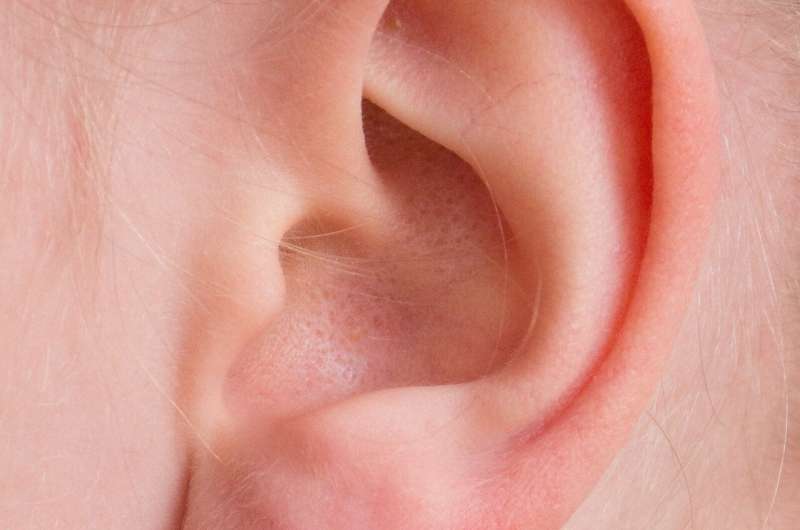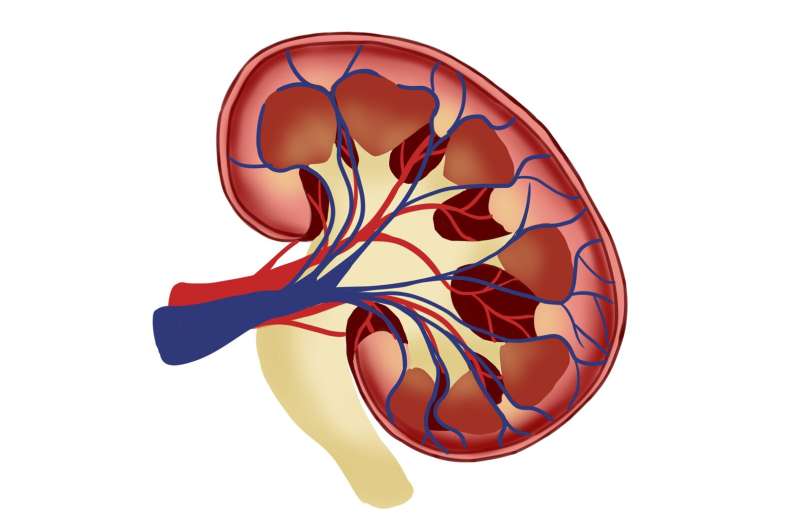Spearfishing: A Hawaiian Tradition That Enhances Health, Culture, and Community Bonds

Spearfishing, an ancient Hawaiian practice, extends far beyond the realm of catching fish—it is a vital cultural activity that promotes physical health and strengthens communal ties. Recent research from the University of Hawaiʻi at Mānoa highlights how this traditional activity benefits individuals and communities, supporting not only nutritional needs but also cultural identity, social cohesion, and overall well-being.
Published in PLOS One, the study was led by Lauryn Hansen, a Master of Public Health graduate, and Catherine Pirkle, a professor of Public Health Sciences. Their research sheds light on how spearfishing encourages physical activity, reinforces cultural heritage, enhances food security, and fosters a deep connection to nature and community life.
A Cultural Legacy in the Pacific
In the Pacific, spearfishing is more than a technique for fishing; it is a cultural practice rooted in indigenous knowledge and community values. Historically widespread during the Hawaiian Kingdom era, today it remains a physically demanding activity that plays a vital role in food provision and social bonding. Passed down through generations, it serves as a living link to heritage and environmental stewardship.
According to Hansen, "Our findings show that spearfishing remains widely practiced among indigenous and rural communities in Hawaiʻi. Supporting such activities aligns with public health strategies rooted in cultural respect and community values."
Physical and Health Benefits
Despite its significance, spearfishing is often overlooked in formal health promotion and public health data collection. The researchers aim to inspire inclusion of traditional practices as effective tools for health and wellness. Analysis of data from the 2019 and 2020 Hawaiʻi Behavioral Risk Factor Surveillance System reveals that about one in four residents had engaged in spearfishing at some point in their lives.
Participation is notably higher among men, Native Hawaiians, Pacific Islanders, Native Americans, and residents of rural islands like Molokaʻi and Lānaʻi. Those who engage in spearfishing tend to meet physical activity guidelines more often than non-participants.
Rodrigo Barbano Weingrill, a researcher and experienced spearfisher, emphasizes that the sport demands strength, endurance, and a healthy lifestyle, all of which contribute positively to cardiovascular health.
The study highlights how integrating traditional practices like spearfishing into public health initiatives can be culturally meaningful and effective, as demonstrated by similar approaches with hula and outrigger canoe paddling. The findings were presented at the International Society for Physical Activity and Health Congress in Paris.
By reconciling cultural heritage with modern health strategies, this research provides a model for public health programs that respect indigenous traditions while promoting physical activity and community wellness.
Source: https://medicalxpress.com/news/2025-04-spearfishing-hawaiian-tradition-bodies-bonds.html
Stay Updated with Mia's Feed
Get the latest health & wellness insights delivered straight to your inbox.
Related Articles
Understanding Ear Seeding: The TikTok Trend for Stress and Fatigue Relief
Discover the facts about ear seeding, the trending TikTok therapy claimed to reduce stress and fatigue. Learn about its origins, potential benefits, safety, and the current scientific evidence.
Connecting with Nature May Improve Management of Chronic Back Pain, New Study Finds
Spending time in natural settings can aid individuals with chronic lower back pain by providing distraction, relaxation, and social interaction, with innovations like virtual reality promoting accessibility.
Survey Finds GLP-1 Weight-Loss Medications Influencing Sexuality and Dating among Users
A new survey reveals that GLP-1 weight-loss medications are significantly impacting users' sex lives and dating experiences, transforming social and romantic interactions across the U.S.



